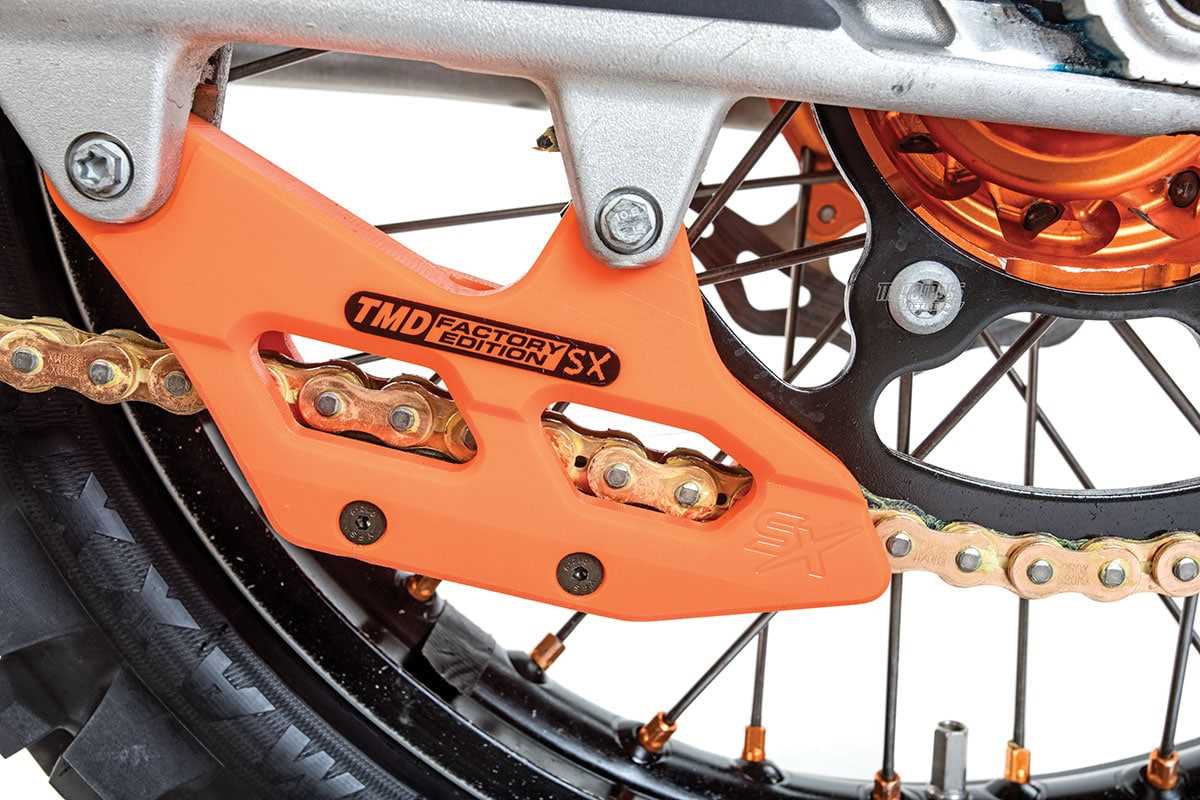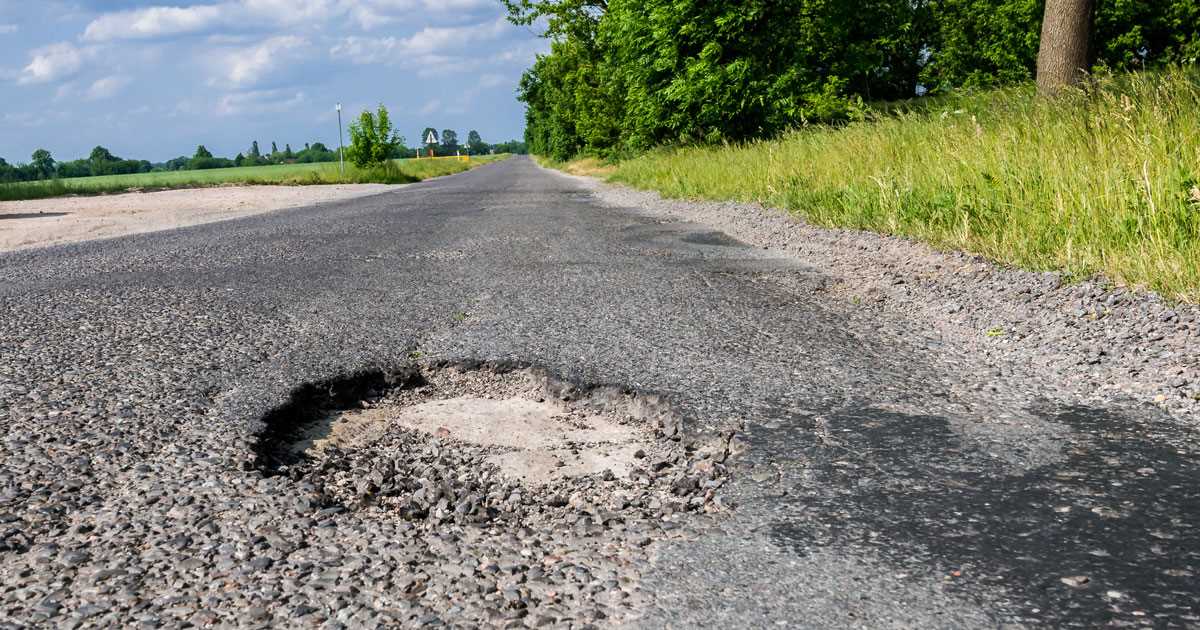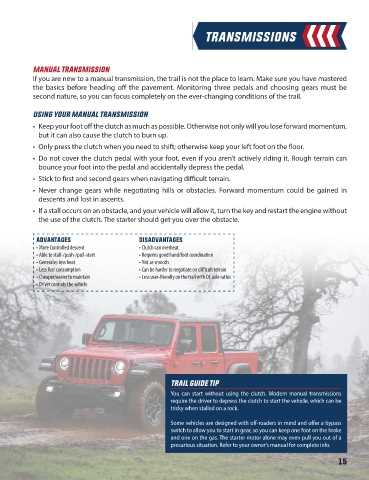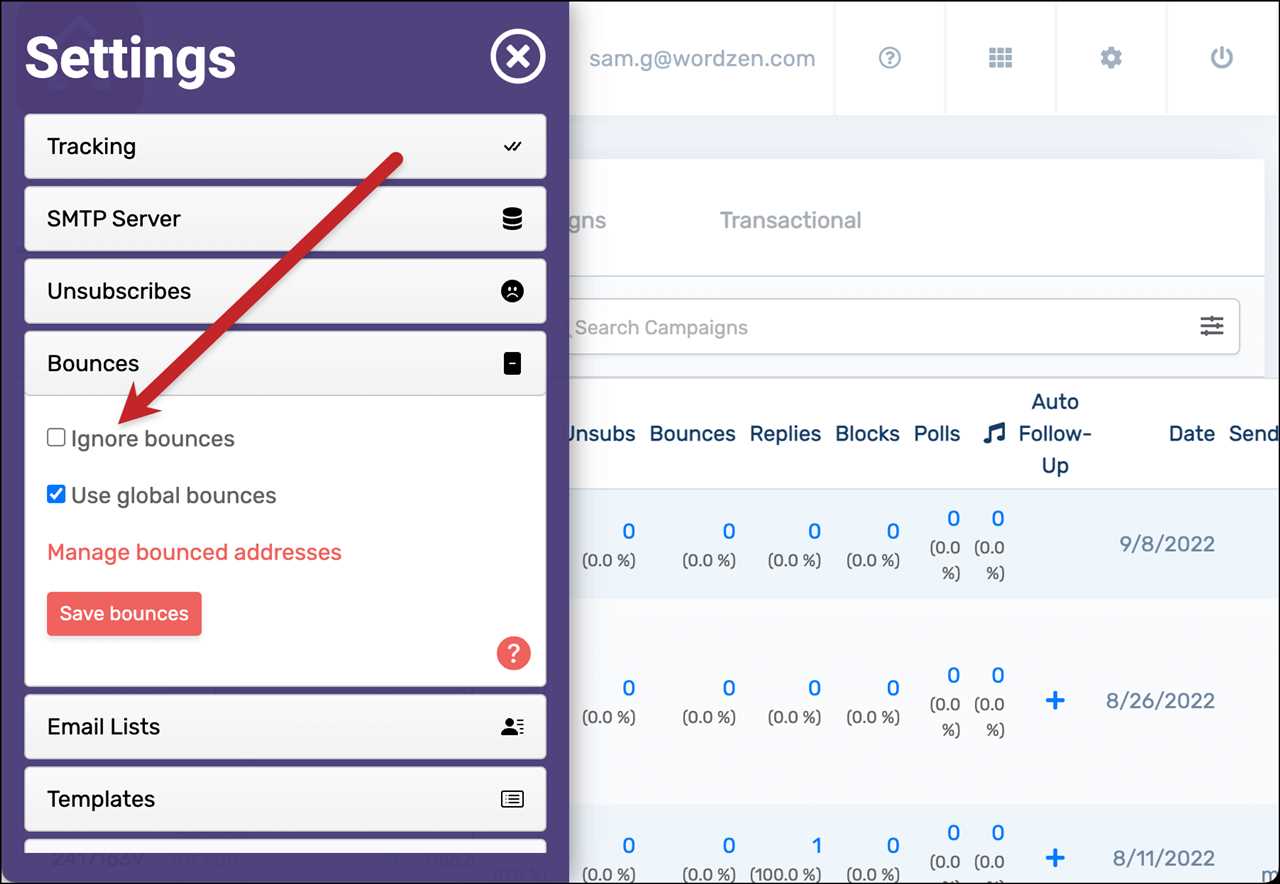
When driving on a bumpy road, you may have noticed a certain up and down motion that your vehicle experiences. This phenomenon is known as road bounce, and it can have a significant impact on your driving experience and vehicle’s performance. Understanding what causes road bounce and how to prevent it is crucial for a smooth and comfortable ride.
Road bounce occurs when the wheels of your vehicle lose contact with the road surface, resulting in a bouncing motion. This can happen due to various factors, including the design of the road, the speed at which you are driving, and the condition of your vehicle’s suspension system. The combination of these factors can create vibrations that are transmitted to the vehicle’s body, causing discomfort and potentially compromising your control over the vehicle.
The suspension system of a vehicle plays a crucial role in preventing road bounce. It consists of various components, including dampers, springs, and shock absorbers, which work together to absorb and dampen the vibrations caused by uneven road surfaces. The springs support the weight of the vehicle and help to absorb the impact of bumps, while the dampers and shock absorbers control the movement of the springs, preventing excessive bouncing and ensuring a smoother ride.
To prevent road bounce, it is important to maintain your vehicle’s suspension system regularly. This includes checking and replacing worn-out springs, dampers, and shock absorbers, as well as ensuring that the system is properly lubricated and adjusted. Additionally, adjusting your driving habits can also help reduce road bounce. Slowing down when driving on uneven roads and avoiding sudden braking or acceleration can minimize the impact of road irregularities and reduce the chances of experiencing bounce.
Understanding Road Bounce

Road bounce refers to the bouncing motion that occurs when a vehicle encounters uneven or rough road surfaces. It is a result of the interaction between the vehicle’s suspension system, which includes components such as springs and shock absorbers, and the road surface.
When a vehicle hits a bump or a pothole, the wheels and tires are subjected to an upward force, causing the vehicle to rebound. This rebound motion is known as road bounce. The suspension system plays a crucial role in minimizing the effects of road bounce by absorbing the impact and dampening the vibrations.
The suspension system consists of various components, including springs and shock absorbers. Springs are responsible for supporting the weight of the vehicle and providing a cushioning effect. They compress and expand to absorb the impact of road irregularities, helping to reduce the bounce. The shock absorbers, also known as dampers, control the movement of the springs and help dissipate the energy created by the bounce.
By effectively managing the energy generated during road bounce, the suspension system helps to maintain stability and control of the vehicle. It ensures that the tires remain in contact with the road surface, providing optimal traction and handling.
Proper maintenance and regular inspection of the suspension system are essential to prevent excessive road bounce. This includes checking for any signs of wear or damage to the springs, shock absorbers, and other related components. It is also important to ensure that the suspension system is properly aligned and adjusted to the manufacturer’s specifications.
In addition to regular maintenance, there are several measures that can be taken to reduce road bounce. These include adjusting the tire pressure to the recommended levels, using high-quality tires with good traction, and avoiding excessive speed when driving over uneven surfaces.
Overall, understanding road bounce and its impact on vehicle performance is crucial for ensuring a safe and comfortable driving experience. By maintaining a well-functioning suspension system and adopting appropriate driving techniques, drivers can minimize the effects of road bounce and enjoy a smoother ride.
Definition and Causes

Road bounce refers to the vertical oscillation of a vehicle’s suspension system when driving over uneven or bumpy surfaces. It is a common issue that can affect the comfort, stability, and handling of a vehicle.
The causes of road bounce can vary, but they are typically related to the spring and shock damping characteristics of the suspension system. When a vehicle encounters a bump or uneven surface, the suspension springs compress and absorb the impact. The shock absorbers, or dampers, then control the rate at which the springs rebound, preventing excessive bouncing.
However, if the suspension system is not properly designed or maintained, road bounce can occur. Some common causes include:
| 1. | Worn or damaged suspension components, such as springs or shock absorbers, that are unable to effectively absorb and dampen road vibrations. |
| 2. | Improper suspension tuning, where the springs and dampers are not matched to the vehicle’s weight and driving conditions. |
| 3. | Excessive vehicle weight, which can overload the suspension system and lead to reduced damping performance. |
| 4. | Low tire pressure, which can cause the tires to bounce and amplify road vibrations. |
| 5. | High-speed driving over rough surfaces, which can generate larger and more forceful road impacts. |
It is important to address road bounce issues promptly, as they can not only affect the comfort of the vehicle occupants but also impact the overall safety and performance of the vehicle. Regular maintenance and inspection of the suspension system, including the springs, shock absorbers, and other components, can help prevent road bounce and ensure a smooth and controlled ride.
Impact on Vehicle Performance

Road bounce can have a significant impact on a vehicle’s performance and overall driving experience. When a vehicle encounters an uneven or bumpy road surface, the suspension system plays a crucial role in minimizing the effects of road bounce.
The suspension system consists of various components, including springs, dampers, and shock absorbers. These components work together to absorb and dampen the vibrations and shocks caused by road irregularities.
The springs in the suspension system help to support the weight of the vehicle and provide a level of flexibility. They compress and expand as the vehicle encounters bumps and uneven surfaces, allowing the wheels to maintain contact with the road.
The dampers, or shock absorbers, are responsible for controlling the motion of the springs. They help to regulate the speed at which the springs compress and expand, preventing excessive bouncing or rebounding of the vehicle.
When road bounce occurs, the suspension system struggles to effectively absorb and dampen the vibrations, resulting in a bumpy and uncomfortable ride. This can lead to a decrease in vehicle stability, handling, and overall performance.
In addition to the discomfort experienced by the driver and passengers, road bounce can also have adverse effects on the vehicle itself. The repeated bouncing motion puts extra stress on various components, such as the suspension system, tires, and even the chassis. Over time, this can lead to premature wear and tear, reduced lifespan of parts, and potential safety hazards.
To prevent road bounce and minimize its impact on vehicle performance, it is important to maintain and inspect the suspension system regularly. This includes checking for worn-out or damaged springs, dampers, and shock absorbers. It is also crucial to ensure that the tires are properly inflated and aligned, as they play a significant role in absorbing road vibrations.
In conclusion, road bounce can significantly affect a vehicle’s performance and overall driving experience. By understanding the role of the suspension system and taking necessary measures to prevent road bounce, drivers can enjoy a smoother, safer, and more comfortable ride.
Common Symptoms

When experiencing road bounce, there are several common symptoms that you may notice. These symptoms can indicate issues with your vehicle’s suspension system, particularly the dampers, shocks, springs, and their ability to absorb road vibrations:
1. Excessive Bounce: One of the most obvious symptoms of road bounce is a noticeable increase in the vertical movement of your vehicle’s suspension. This can result in a bouncy ride, with the vehicle bouncing up and down excessively even on relatively smooth roads.
2. Vibrations: Another symptom of road bounce is increased vibrations felt throughout the vehicle, especially in the steering wheel, seats, and floorboards. These vibrations can be particularly noticeable at higher speeds or when driving over uneven surfaces.
3. Unstable Handling: Road bounce can also lead to unstable handling, making it more difficult to control the vehicle. You may notice increased body roll, a lack of responsiveness in the steering, or a feeling of the vehicle being “floaty” or disconnected from the road.
4. Tire Wear: Excessive road bounce can cause uneven tire wear, as the tires may not maintain consistent contact with the road surface. This can lead to premature tire wear and the need for more frequent tire replacements.
5. Noise: Road bounce can also result in increased noise levels inside the vehicle. This can include rattling, clunking, or squeaking noises coming from the suspension components or other areas of the vehicle.
If you notice any of these symptoms, it is important to have your vehicle inspected by a qualified mechanic. They can diagnose the exact cause of the road bounce and recommend the necessary repairs or adjustments to prevent further issues.
Preventing Road Bounce

Road bounce is a common issue that many drivers experience, especially when driving on uneven or bumpy roads. It refers to the up and down motion of the vehicle caused by the wheels bouncing off the road surface. This can be not only uncomfortable for passengers but also dangerous as it affects the vehicle’s stability and control.
To prevent road bounce, it is important to understand the factors that contribute to it. One of the main factors is the lack of damping, which refers to the ability of the suspension system to absorb and control the shock and vibration from the road surface. A well-damped suspension system will effectively reduce the bounce and provide a smoother ride.
The suspension system plays a crucial role in preventing road bounce. It consists of various components, including springs, shock absorbers, and dampers. The springs help support the vehicle’s weight and absorb the initial impact from the road surface, while the shock absorbers and dampers control the oscillation and ensure a stable ride.
Regular maintenance of the suspension system is essential to prevent road bounce. This includes inspecting and replacing worn-out components, such as springs and dampers, as well as ensuring proper alignment and tire pressure. It is also important to avoid overloading the vehicle, as this can put additional stress on the suspension system and increase the likelihood of bounce.
In addition to maintaining the suspension system, there are other steps you can take to prevent road bounce. One of them is adjusting the driving style to anticipate and avoid uneven or bumpy roads whenever possible. This may involve slowing down or taking alternative routes that are known to have smoother surfaces.
Another preventive measure is to ensure that your tires are properly inflated. Underinflated tires can increase the likelihood of road bounce as they have less cushioning effect and are more susceptible to the impact from the road surface. Regularly checking and maintaining the tire pressure can help minimize bounce and improve overall ride quality.
In conclusion, road bounce can be a frustrating and potentially dangerous issue for drivers. However, by understanding the factors that contribute to it and taking preventive measures, such as maintaining the suspension system and adjusting driving style, it is possible to minimize bounce and enjoy a smoother, more comfortable ride.
Proper Tire Inflation

One of the key factors in preventing road bounce is ensuring proper tire inflation. When tires are not properly inflated, they can contribute to bounce and an uncomfortable ride.
Tire bounce occurs when the tires are not able to properly absorb the impact of the road. When a vehicle hits a bump or uneven surface, the tires act as a spring and absorb the shock. If the tires are underinflated, they may not have enough spring in them to effectively absorb the shock, leading to bounce and vibrations.
On the other hand, overinflated tires can also contribute to road bounce. When tires are overinflated, they become too rigid and do not have enough damping ability to absorb the shock. This can result in a harsher ride and increased vibrations.
To prevent road bounce, it is important to maintain the proper tire pressure recommended by the vehicle manufacturer. This information can usually be found in the owner’s manual or on a sticker located on the driver’s side door jamb. It is also important to regularly check tire pressure using a tire pressure gauge and adjust it as needed.
In addition to preventing road bounce, proper tire inflation also has other benefits. It can improve fuel efficiency, extend tire life, and enhance overall vehicle performance. Therefore, it is important to make tire pressure checks a regular part of vehicle maintenance.

I am Patrina de Silva, a psychologist and mental health blogger in Sri Lanka. After obtaining psychology degrees from the University of Colombo and Monash University, I returned home to work as a counselor while also starting the popular blog “Pressy but Happy” to provide advice on psychological issues. Over the past decade, my empathetic articles have made my blog a leading mental health resource in the country. In addition to writing, I maintain a private therapy practice, frequently volunteer counseling time, and conduct seminars, driven by my passion for destigmatizing mental illness and educating the public on the mind-body connection. I strive to be an influential voice in my field through my compassionate approach.
